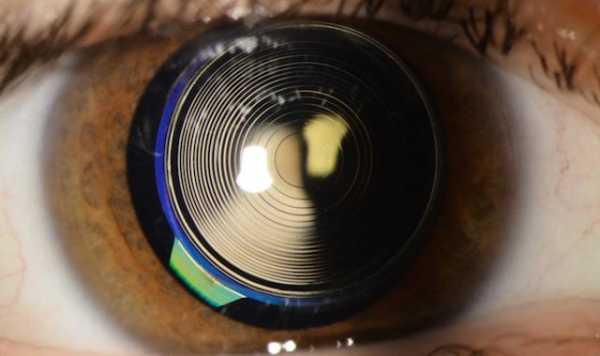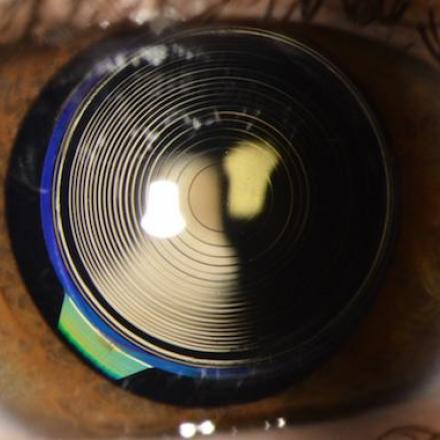
Definition of Presbyopia
What is Presbyopia ?
Presbyopia is the term for the decrease in visual acuity for near task that occurs with age. It comes from the Latin and Ancient Greek terms presbys (old man) and -opia (vision problem or eye). If you live a normal lifespan, you will get presbyopia.
What seems to shock people is that this change in vision usually starts around age 40 years, which is not considered old in today’s culture. But the eyes don’t know that.
Causes of Presbyopia
In order to read or see anything up close, there a number of things that need to take place in the eye. The shape of the lens has to change, which occurs by the action of what are called the ciliary muscles.
With age, the lens cannot change shape easily enough. It becomes less elastic. The lens can also develop areas of opacity; these are called cataracts and are separate from presbyopia.
The act of focusing your eyes on something close up is called accommodation. As you age, this becomes less and less perfect. It is not something that you can control; all of this happens reflexively in the eye, like your pupils constricting in bright light.
When does this start to bother you, and what you will notice most, depends on a number of factors including:
- Your age
- Other visual problems like farsightedness (hyperopia) or nearsightedness (myopia)
- The presence of diseases in the eye such as glaucoma or macular degeneration
- Serious systemic illnesses such as diabetes mellitus
- Certain medications
- Your work activities and how much to read small print or work with small items up close
- Your leisure activities and how much you need close vision
- The amount of light you have
Symptoms and signs of Presbyopia
Most commonly, people start to move what they are reading farther away from their eyes and face. By the time you need to hold a book or newspaper at arm’s length, you have presbyopia. Some people tolerate this better than others.
You may notice that you need brighter light to see print well. You may find print on a page blurry, or even have double vision when reading. Some people feel fatigued by trying to read all day. They can have a general feeling of fatigue, or a sensation of eye fatigue. Some people even have headaches.
Most people, however, recognize the symptoms and depending on whether or not they already need visual correction and see an eyecare professional regularly, they may just buy over-the-counter reading glasses. Others need their own prescription for glasses and/or contact lens for presbyopia. There are newer presbyopia treatments such as placing new lenses in the eye and corneal surgery.
Diagnosis of Presbyopia
If your vision is deteriorating, a visit to an optometrist or ophthalmologist is a very good idea. They can look at your eyes to see if there are any other problems aside from presbyopia. Getting glasses or contacts may offer very good correction, while the new procedures may give you other options.
An eye care professional will check your vision with an eye chart and see if it can be corrected with lenses of different strength. This is called refraction. If you have not been through this procedure before it can be a little confusing but it is not difficult or painful. He or she will also give you a small eye chart to read at a normal reading distance.
You should also be checked for glaucoma, which is done by measuring eye pressure, again an unusual procedure the first time but not painful. The back of your eye (the retina) not only can have diseases, but it is also a kind of window into your health. Vascular disease like that causing strokes or heart attacks frequently appears in the retinal blood vessels. The lens can also be examined for cataracts.
Any eye disease must be treated, not just the presbyopia. If you have no other eye problems, getting vision clear enough to do the things you have to do and want to do can be accomplished. Unless you have severe eye disorders, your close vision can usually be corrected. If your vision was already abnormal, correction can still be achieved, but it is a little more complicated.
Presbyopia treatment
In addition to corrective lenses, you will probably be advised to use stronger light sources for detailed close-up work.
Anyone reaching the average lifespan in the United States and developed countries will have presbyopia. The longer you live, the more presbyopia you will have and the harder it will be to correct.
While it cannot be cured, it can usually be handled well enough to allow affected individuals to be able to do everything they need to do and want to do.
Methods of Treatments of Presbyopia
1- Presbyopia Contact Lenses
2- Presbyopia Surgeries





